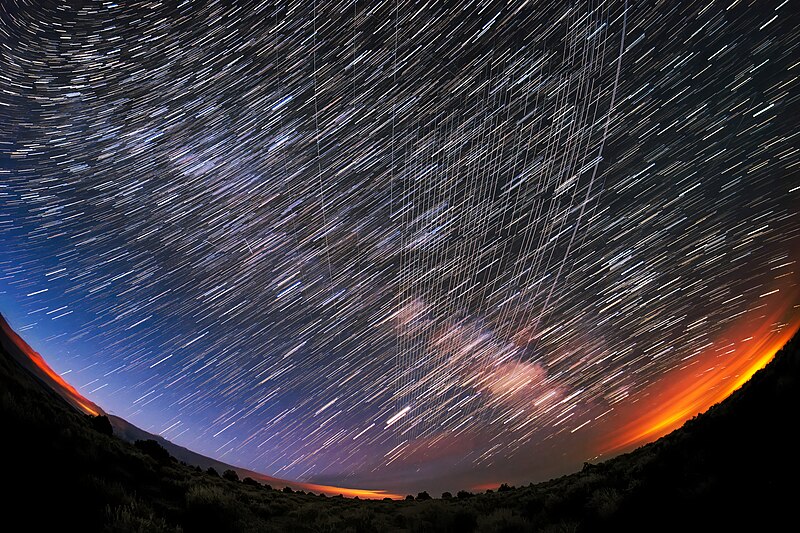Old satellites burning up in the Earth’s atmosphere are releasing compounds that could jeopardize the recovery of the ozone hole.
New international research has found that ozone-depleting compounds from burning satellites have increased 8-fold between 2016 and 2022. As the number of low-Earth-orbit satellites with short life-spans continues to skyrocket, the pollution could increase to 646% over natural atmospheric levels. Of the 8,100 objects currently in low Earth orbit, 6,000 are Starlink satellites.
The AGU study and press release are freely available online.
The SMC asked local experts to comment.
Dr Laura Revell, Associate Professor, School of Physical and Chemical Sciences, University of Canterbury, comments:
“This study looks at the fate of satellites as they burn up in the Earth’s atmosphere, producing aluminium-containing nanoparticles. While the authors did not quantify the expected impacts on ozone loss, they rightly point out that aluminium nanoparticles are thought to lead to depletion of the protective ozone layer due to their effects on chlorine.
“The presence of upper atmospheric chlorine is a legacy from the chlorofluorocarbon (CFC) era. Although they are now banned, CFCs have lifetimes of up to one hundred years or more. Chlorine released from CFCs is effective at destroying ozone when aluminium-containing nanoparticles are present.
“The ozone layer should be healing from the effects of CFCs. However, factors such as major wildfires, volcanic eruptions and rocket launches could act to slow its recovery. Satellite re-entry could be yet another factor to slow this recovery, although the magnitude of the impacts on ozone are yet to be quantified.
“Just last year, a study was published identifying the presence of aluminium and other metals from spacecraft re-entry in the upper atmosphere, demonstrating that the fingerprint of satellite burn-up on the atmosphere is already measurable.
“If CFCs hadn’t been banned, the damage to life on Earth could have been catastrophic. The lesson that should have been learned is that any human activities involving the release of materials into the upper atmosphere need to be scrutinised from an environmental sustainability perspective. Hopefully this study and others like it serve as a wake-up call to ensure we don’t unintentionally create an ozone hole version 2.0.”
Conflicts of interest: None. I currently do research on the impacts of rocket launches on the ozone layer, but I do not receive funding for this.
Associate Professor Annika Seppälä, Department of Physics, University of Otago, comments:
“We live in an age where space has become very accessible. In the past decade the number of launches per year has increased by tenfold and this is unlikely to reduce in the future. We know there is an environmental impact on the way up, from emission of propellants, as well as on the way down at re-entry, but we simply don’t know the full magnitude of either impact at this stage.
“The authors have made important calculations to work out aluminium loading of the atmosphere from satellite re-entries. This will have further consequences on atmospheric ozone balance and the authors estimate that it would take around 30 years for the aluminium to reach the stratosphere (where the main ozone layer is) from where it was deposited at re-entry. If it was released just a few km lower, it could potentially reach the stratosphere much faster – we need more studies.
“Overall, this is an important part of the puzzle of how our space activities are affecting the atmosphere. My big concern is that we are rapidly heading into a gap in our ability to monitor the chemical composition of the atmosphere, including ozone, across the parts impacted the most: stratosphere and mesosphere. Ironically this is because several key atmosphere monitoring satellite missions are ending (followed by re-entering the atmosphere) in the next couple of years.”
No conflicts of interest.
